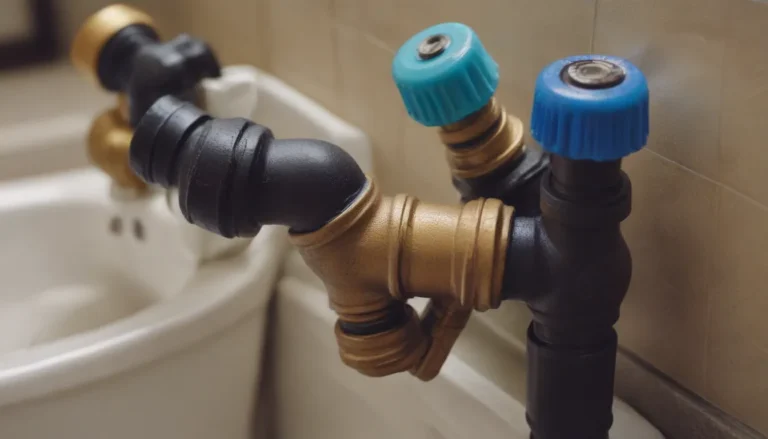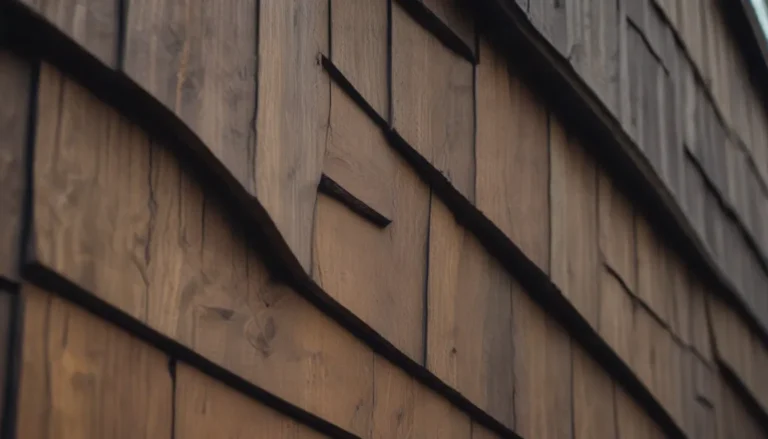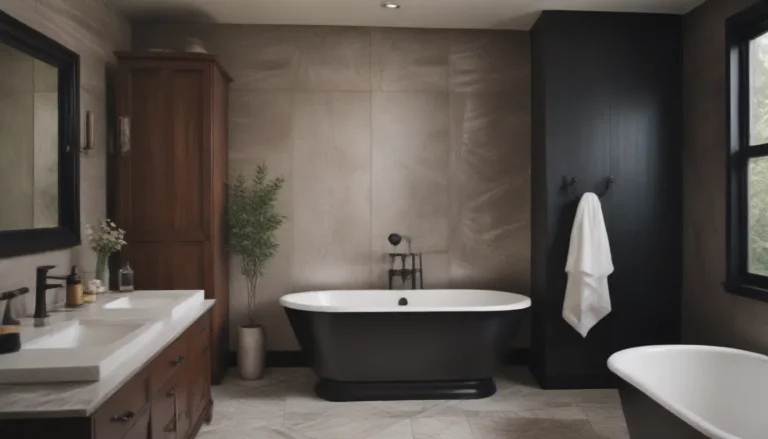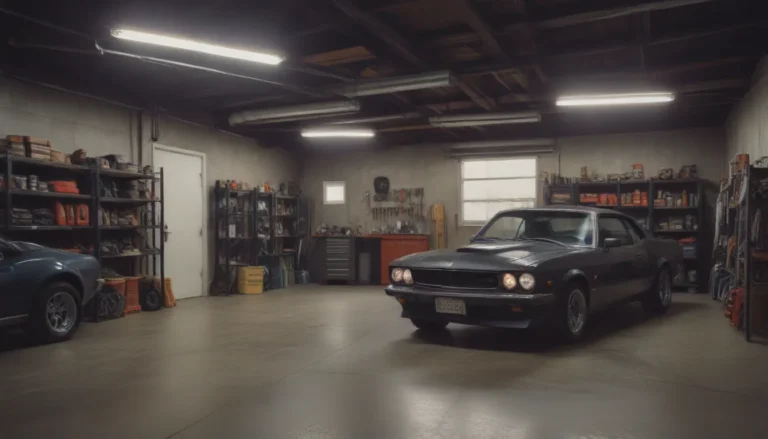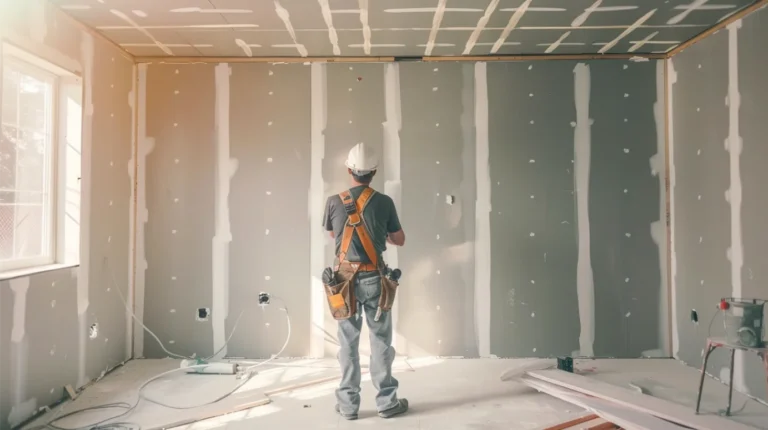Understanding Chimney Flues: A Comprehensive Guide

If you have a fireplace in your home, you know that your chimney plays a crucial role in keeping your space safe and comfortable. The chimney flue, in particular, is an essential component of your chimney system that many homeowners may not fully understand. In this article, we’ll explore what chimney flues are, why they are necessary, and how to properly maintain them to ensure the safety and efficiency of your fireplace.
What Are Chimney Flues?
A chimney flue is a vertical passage or duct that runs from the firebox, where the fire burns, to the top of the chimney. It serves as a channel for smoke and other byproducts of combustion to exit your home. In essence, the flue is like a highway for the smoke to travel safely out of your living space.
Chimney flues are typically lined with materials like clay tiles or stainless steel to protect the surrounding structure from heat and corrosive elements. While clay tiles are cost-effective and easy to obtain, stainless steel liners offer superior durability and safety. Both options have their advantages and drawbacks, so it’s crucial to choose the right material for your specific needs.
Key Points About Chimney Flues:
- Every wood-burning or gas fireplace has a chimney flue.
- Gel and faux fireplaces do not have chimneys or flues.
- Chimney flues are traditionally made from fireclay flue tiles or stainless steel.
- Stainless steel flue liners are more durable but come at a higher cost compared to clay liners.
Why Are Chimney Flues Needed?
Chimney flues serve several important purposes to ensure the safety and functionality of your fireplace system. Let’s explore some of the primary reasons why chimney flues are crucial for every chimney.
Prevention of Combustion in Surrounding Areas
Unlined chimney flues pose a significant fire hazard by allowing smoke and gases to pass through the chimney structure. Without a proper liner, the heat and smoke can escape through the bricks and mortar, leading to potential chimney fires and damage to combustible materials in your home. A chimney liner acts as a barrier to contain the smoke within the flue, reducing the risk of fire incidents.
Improved Passage of Smoke and Gases
Chimney flues with smooth, seamless liners help guide the smoke upward more efficiently. In contrast, rough brick and mortar surfaces can hinder the flow of smoke, resulting in poor ventilation and potential smoke backflow into your home. By maintaining a clean and intact flue liner, you ensure that smoke and gases can escape freely without any obstructions.
Protection of Chimney Materials
Fireplaces produce various contaminants like creosote and acids that can corrode the chimney structure over time. Clay and stainless steel flue liners act as a protective shield, preventing these harmful substances from damaging the surrounding brickwork and maintaining the structural integrity of your chimney.
How to Re-Line Chimney Flues
If your chimney flue is damaged or deteriorating, it may be necessary to re-line the flue to restore its functionality and safety. Re-lining involves installing a new liner inside the existing flue to improve ventilation and prevent further damage. There are two main types of flue liners: rigid and flexible stainless steel liners.
- Rigid Liners: Offer more space within the flue and better conformance to its size, but can be challenging to install due to their assembly in sections.
- Flexible Liners: Ideal for longer flues or complex installations, providing flexibility and ease of fitting into various chimney configurations.
When re-lining your chimney, it’s essential to choose a liner that matches the size and type of your flue to ensure a proper fit and optimal performance. By investing in quality materials and professional installation, you can enhance the efficiency and safety of your fireplace system.
Tips for Re-Lining Chimney Flues:
- Select a liner that matches the size and specifications of your flue.
- Consider the length and complexity of your chimney when choosing between rigid and flexible liners.
- Consult with a qualified chimney professional for expert advice and installation services.
Understanding Chimney Flue Legal Requirements
Building codes and regulations regarding chimney flues can vary based on your location and local jurisdiction. In some areas, compliance with the International Residential Code (IRC) Chapter 10 may be mandatory for chimney installations and renovations. It’s essential to familiarize yourself with the legal requirements and standards applicable to your region to ensure that your chimney system meets safety guidelines and regulations.
Tips for Cleaning and Maintaining Chimney Flues
Regular maintenance and cleaning of your chimney flue are critical to prevent hazards and ensure optimal performance. Here are some essential tips for cleaning and maintaining your chimney flue:
- Annual Cleaning: Schedule a chimney cleaning before the start of the fire use season to remove soot and creosote buildup.
- Inspect for Creosote: Check for thick creosote deposits on the flue walls and clean as needed to prevent chimney fires.
- Use Chimney Sweeping Kits: Consider using chimney sweeping kits for DIY cleaning, or hire a professional chimney sweep for thorough maintenance.
- Safety Precautions: Seal the firebox and use proper protective gear when cleaning the chimney to prevent debris and soot from entering your home.
By following these maintenance tips and staying proactive in caring for your chimney flue, you can ensure a safe and efficient fireplace experience for years to come.
Conclusion
Understanding the importance of chimney flues and their role in fireplace safety is essential for every homeowner with a fireplace. By learning about the function of chimney flues, the need for proper ventilation, and the significance of regular maintenance, you can safeguard your home and family from potential fire hazards.
Whether you have a traditional wood-burning fireplace or a modern gas model, having a well-maintained chimney flue is key to enjoying a cozy and secure living environment. Remember to follow the tips and guidelines provided in this article to keep your chimney system in top condition and make the most of your fireplace experience. Stay informed, stay safe, and let the warmth of your fireplace fill your home with comfort and joy.

